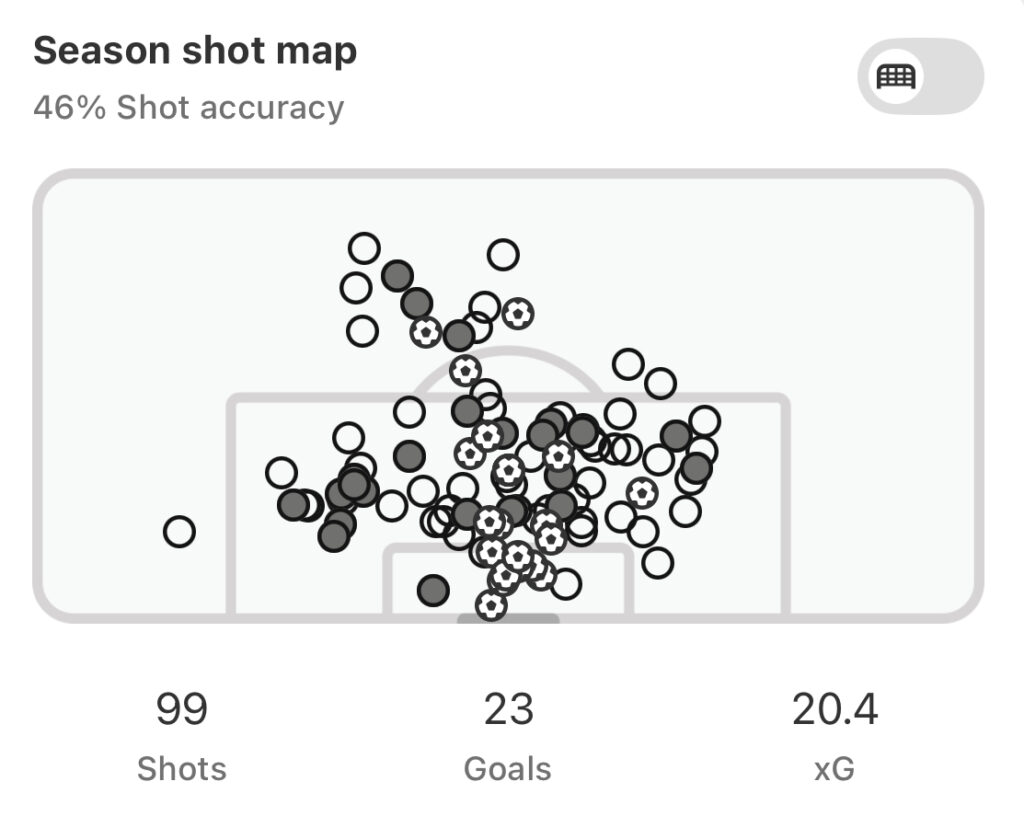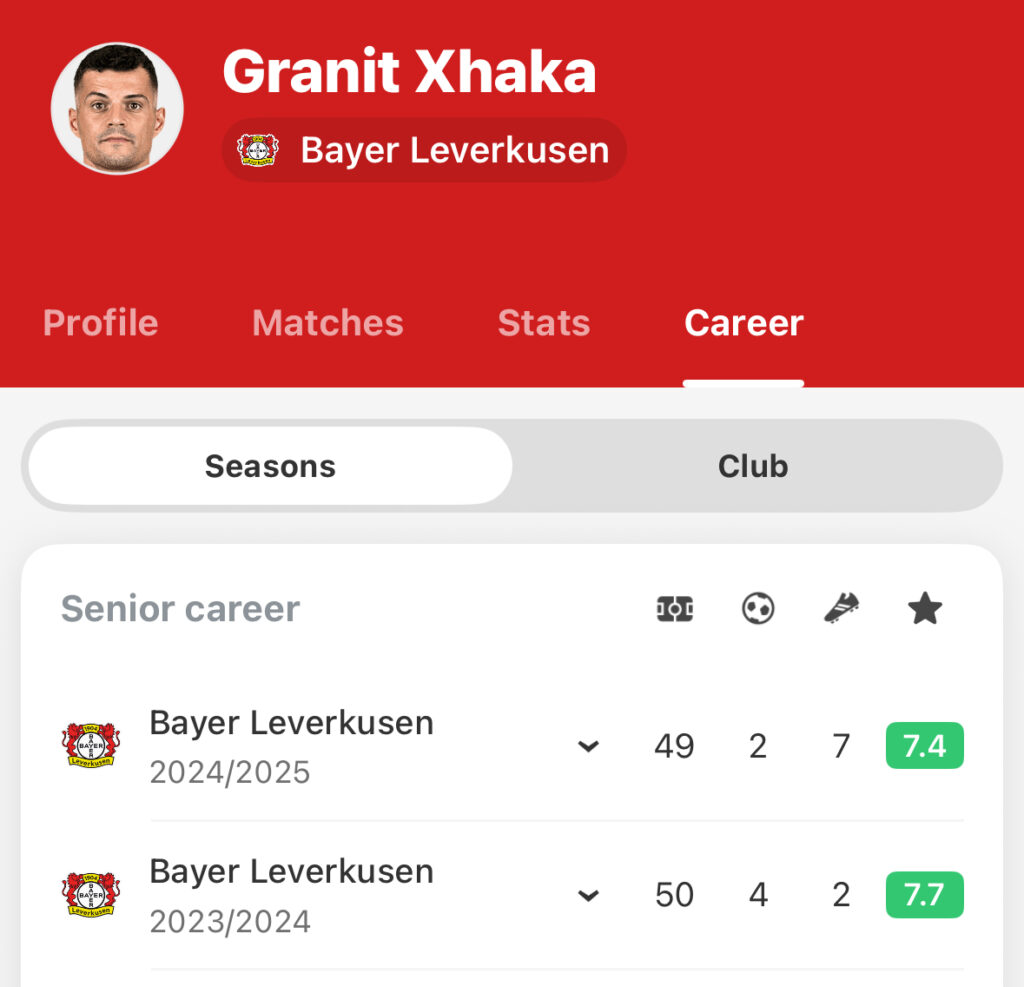The Premier League is on course to break transfer spending record
Premier League clubs are on track to set a new record for transfer spending this summer as their European rivals scrimp on signings.
It took English clubs less than a month to rack up over £1.6 billion of transfer business this summer. That totaliser will reach £2 billion in the coming weeks and could even top £3 billion before the window closes at the end of August. A Premier League-record move for Alexander Isak to Liverpool would certainly push things in that direction.
This would set a new record for the most money spent by a single league in a single transfer window. Even if the landmark of £3 billion isn’t breached, this summer has already highlighted the growing gap between the Premier League and the other ‘Big Five’ European leagues. They simply can’t keep up.
Liverpool alone have spent more on transfers (£269m) this summer than Ligue 1’s 18 clubs combined (£220m). Should their record signing of Isak for a reported £150m go through, the Premier League champions will have also spent more than all of LaLiga, Serie A and the Bundesliga.

Chelsea aren’t far behind Liverpool in terms of their transfer spending this summer, splurging £212m on seven new players. The Blues aren’t done either with a deal for Jorrel Hato in the offing and Xavi Simons still someone they would like to add to their squad before the start of the new Premier League season.
Arsenal passed the £200m mark with the capture of Viktor Gyökeres from Sporting last week while Manchester City have spent close to £150m having parted with the best part of £200m in January to kick start their squad reconstruction under Pep Guardiola. Both clubs could spend even more before the summer window closes.
Manchester United have also passed the £150m mark, signing Matheus Cunha and Bryan Mbeumo with the Old Trafford outfit still in the market for a new number nine. Then there’s Tottenham Hotspur who have ran up £110m of business through the capture of Mohamed Kudus and Mathys Tel. They too are still hoping to get more signings through the door.
Of the total £1.6 billion spent by Premier League clubs this summer, over £1 billion can be attributed to the so-called ‘Big Six’ with Newcastle United expected to ramp up their transfer activity at some point of the window, especially if they lose Isak. The financial gulf between the richest and the rest is gigantic.
Comparatively, though, the bottom half of the Premier League has the sort of transfer market muscle that not even Europe’s biggest clubs can match. Sunderland, for example, will have spent over £120m with the addition of Granit Xhaka from Bayer Leverkusen. For context, this is nearly as much as Real Madrid have spent.

While Liverpool are considering breaking the Premier League transfer record for the second time in a number of weeks, Barcelona are scrimping on loan signings, taking Marcus Rashford from Manchester United despite the fact he was deemed surplus to requirements for a team that finished 15th in the English top division table last season.
Behind the ‘Big Six,’ the promoted trio of Sunderland, Burnley and Leeds United have spent the most in the Premier League this summer, possibly pointing to the nervousness of sides going up to the English top flight from the Championship. The fate of the last six promoted teams in the Premier League says these clubs need to spent a lot to have a chance of staying up.
None of this should be surprising. This has been the landscape of European football for some time with the Premier League long established as the most lucrative league in the world, but this summer’s transfer window is making this fact clearer than ever. How can anyone outside the Premier League possibly compete?
Of course, last season’s Champions League was won by Paris Saint-Germain who are doing just fine without the Premier League’s gushing pipeline of cash. The Qatari-owned outfit, however, have another gushing pipeline of cash (and oil) to draw from. Being owned by a sovereign wealth fund might be the only way to keep up.
Within the Premier League, clubs won’t feel as if they can spend freely due to the Premier League’s Profit and Sustainability Rules (PSR). These regulations were brought in to put a cap on reckless transfer expenditure and has had a real impact on a number of clubs who have been handed punishments and points deductions for breaching them.
However, PSR does nothing to stop Premier League clubs outspending their European counterparts when the league’s broadcast rights are worth over £2 billion season alone. The European Super League was designed to level the playing field across the continent’s elite. While fans celebrated its failure, the consequence might now be playing out in the transfer market.
(Cover image from IMAGO)
You can track all the summer moves via the FotMob Transfer Centre. Download the free app here.